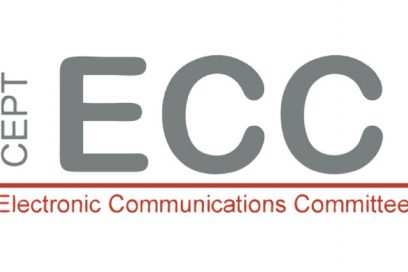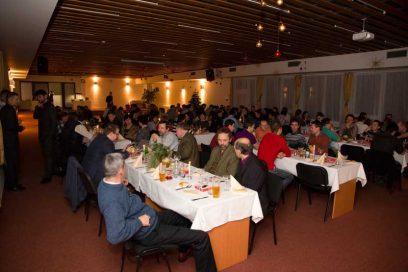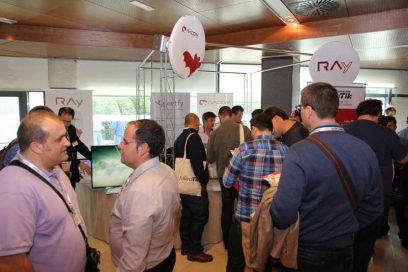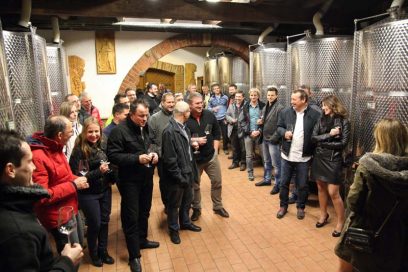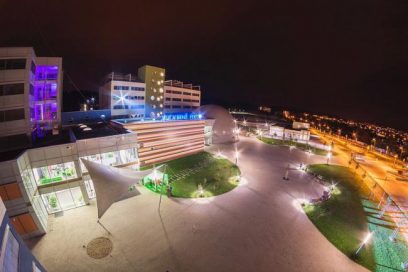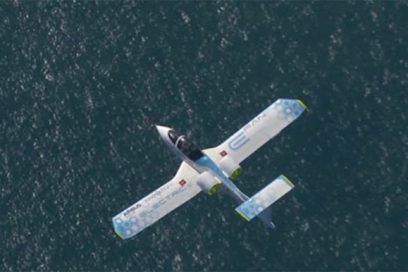The Electronic Communications Committee (ECC) of The European Conference of Postal and Telecommunications Administrations (CEPT) recently held a two day workshop on M2M communications held 21. – 23.3. 2016 in Mainz, Germany; understood by the ECC as fully or largely automated communication (data transfer) between two or more information and communications (ICT) entities, that may be part of a predetermined group.
The overall aim of the workshop was to better understand the spectrum as well as numbering and addressing harmonisation needs of existing and future M2M applications, in one workshop, since related initiatives are present in various forms within the ECC. This will enable a general consultation and an exchange of views with the industry.
Specific workshops covered issues such as Standardisation & Regulation on M2M networks, Smart Cities and Metropolitan areas and Transportation, Industrial and Utility applications as part of the Internet of Things.
RACOM understand the need to have a effective voice at such events to consolidate our solid reputation as a trend-setting market leader in this industry.
The workshop provided RACOM with excellent opportunities to strengthen network connections with senior and influential figures in this industry. This included discussions regarding frequency and bandwidth needs for Utility applications and enjoying fruitful debate and discussion to ensure our own R&D work furthers the vision and desires the ECC have for this market. Our presence also allowed RACOM to better understand general needs in this expanding market and address the specific needs of our own customer base.
